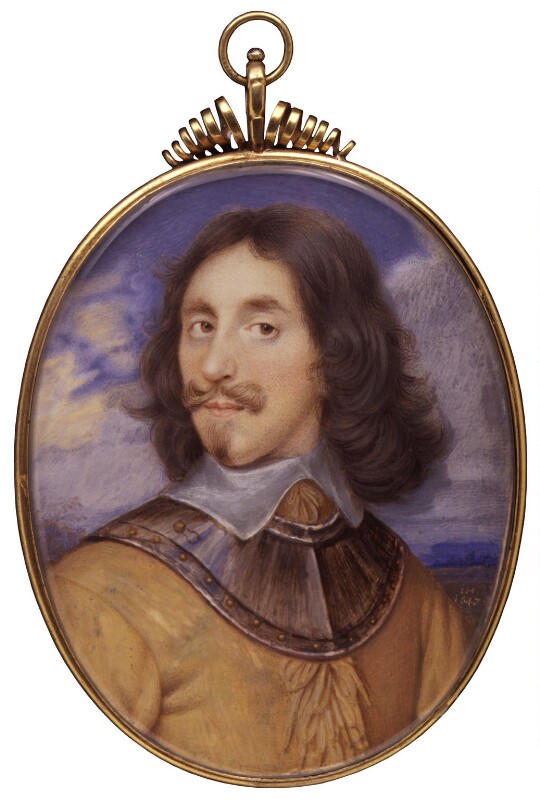
Image credit: National Gallery
Throughout history facial hair has fallen in and out of fashion. Hairy faces have been lauded, derided, immortalised in art and even legislated against. The rise and curl of the moustache has never been straightforward.
Since the first caveman picked up a hinged shell and tweezered whiskers from his face, men have shaped their facial growth. Over the centuries the moustache has been more popular at some times, less so at others – but it never disappears entirely. As social history goes through new and varied phases, so does pogonotrophy (or the art of cultivating facial hair).
England’s medieval knights had armour made to accommodate their lustrous moustaches. In the 14th Century, Edward, Prince of Wales was commemorated by an effigy on his tomb in Canterbury Cathedral. It shows the prince in full battle dress, with chainmail encasing his face and neck, but allowing his long whiskers to flow over the top.
The moustache as fashion symbol really came into its own in England following the heavily bearded Elizabethan era. When King James I came to the British throne he was proud of his dapper moustache, which he had immortalised in art. His son, King Charles I, made the goatee and handlebar moustache iconic, and this was copied by every man of fashion when portraits by Sir Anthony Van Dyck went on display. Perhaps it was through sheer jealousy of the monarch’s magnificent moustaches that led the more frugally moustached Oliver Cromwell to lead a republican revolution. He not only executed the king, but also one of the king’s most loyal followers, Arthur Capel. In a miniature portrait by John Hoskins, Capel has a remarkable moustache: thick, lustrous and swept back and upwards like a pair of looped-up theatrical curtains. […]
First published on BBC Culture on 21st October 2014. Read full article online.